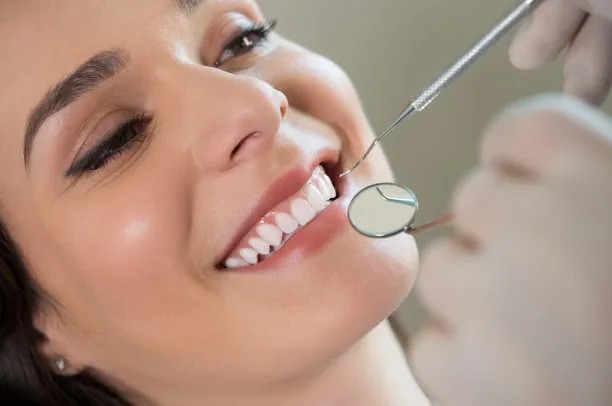The Essential Guide to Safely Extracting a Tooth at Home Without the Help of a Dentist
Summary: Extracting a tooth at home without professional help is a delicate task that requires careful consideration and preparation. In this essential guide, we discuss vital aspects such as evaluating the necessity for extraction, gathering the right tools, following a safe extraction process, and managing potential post-extraction complications. With detailed instructions and precautions, readers will be equipped with the knowledge to approach this daunting task safely. However, it is important to remember that professional dental assistance is always recommended whenever possible.
1. Evaluating the Need for Tooth Extraction

Before attempting to extract a tooth at home, it is crucial to evaluate whether the situation truly necessitates such action. Often, tooth pain or discomfort can be alleviated through other means, such as using over-the-counter pain relievers or practicing good oral hygiene. Identifying the cause of the pain is vital; conditions like cavities, gum disease, and infections should be addressed by a dentist when feasible.
If you believe that extraction is warranted due to advanced decay or an impacted tooth, its essential to assess your overall oral health. Look for signs of infection, swelling, or persistent pain. Consulting online resources or dental professionals via telemedicine can also provide clarity on whether extraction is the best course of action.
Only after careful consideration should you proceed. Remember, if you have underlying health conditions or are on certain medications, the risks may outweigh the benefits, making professional extraction a safer option.
2. Gathering the Right Tools and Supplies
Attempting a tooth extraction at home requires specific tools and supplies to minimize complications. First and foremost, ensure that you have a pair of sterile dental forceps – these are crucial for a secure grip on the tooth during extraction. Additionally, you should prepare antiseptic wipes, gloves, and sterile gauze to apply pressure after the extraction.
It’s also advisable to have pain relief options available, such as ibuprofen or acetaminophen, to manage discomfort during and after the procedure. Having a clean area to perform the extraction can help prevent contamination; ideally, choose a well-lit, above-the-floor surface that can be easily sanitized.
Finally, gather a mirror to help you see the tooth clearly and a container to dispose of the extracted tooth properly. Prepare yourself mentally and physically for the procedure, as this will help ensure that you approach the process with the right mindset.
3. Following a Safe Extraction Process
Once you have evaluated the need and gathered the necessary tools, you can proceed with the extraction process. Start by thoroughly washing your hands and putting on gloves to maintain hygiene. Use antiseptic wipes to clean the area around the tooth you plan to extract, ensuring as few germs as possible are present.
Next, gently wiggle the tooth with your fingers or use the forceps. The goal is to loosen the tooth; excessive force can cause damage to the surrounding gum and bone. Aim to leverage the natural movement of the tooth rather than trying to pull it out directly. A rocking motion can help dislocate the tooth from its socket without damaging surrounding tissue.
As the tooth becomes loose, carefully pull it out, being mindful of any unexpected resistance. It’s important to remain calm and take breaks if needed, as stress can lead to rushed and unsafe actions. Once extracted, apply gauze to the socket and apply firm pressure to stop the bleeding.
4. Managing Complications After Extraction
Post-extraction care is as important as the procedure itself. After a tooth extraction at home, it’s common to experience some bleeding and swelling. Continuing to apply pressure with clean gauze can aid in managing blood loss. If bleeding persists for more than a couple of hours, seeking professional help is paramount.
To alleviate swelling and manage pain, consider using ice packs on the affected area for the first 24 hours. Over-the-counter pain relievers can assist in discomfort management. Avoid touching the extraction site with your fingers and refrain from consuming hot, spicy, or crunchy foods for several days to promote healing.
Watch for signs of infection, such as fever or increased swelling, and be prepared to seek medical attention if necessary. Maintaining excellent oral hygiene during recovery is essential; however, avoid brushing directly over the extraction site for several days to promote healing.
Summary:
This guide emphasizes the importance of proper evaluation, preparation, and precaution in the process of tooth extraction at home. While the information presented can serve as helpful guidelines for those considering at-home tooth extraction, it is vital to prioritize safety and seek professional assistance whenever possible.
This article is compiled by Vickong Dental and the content is for reference only.



